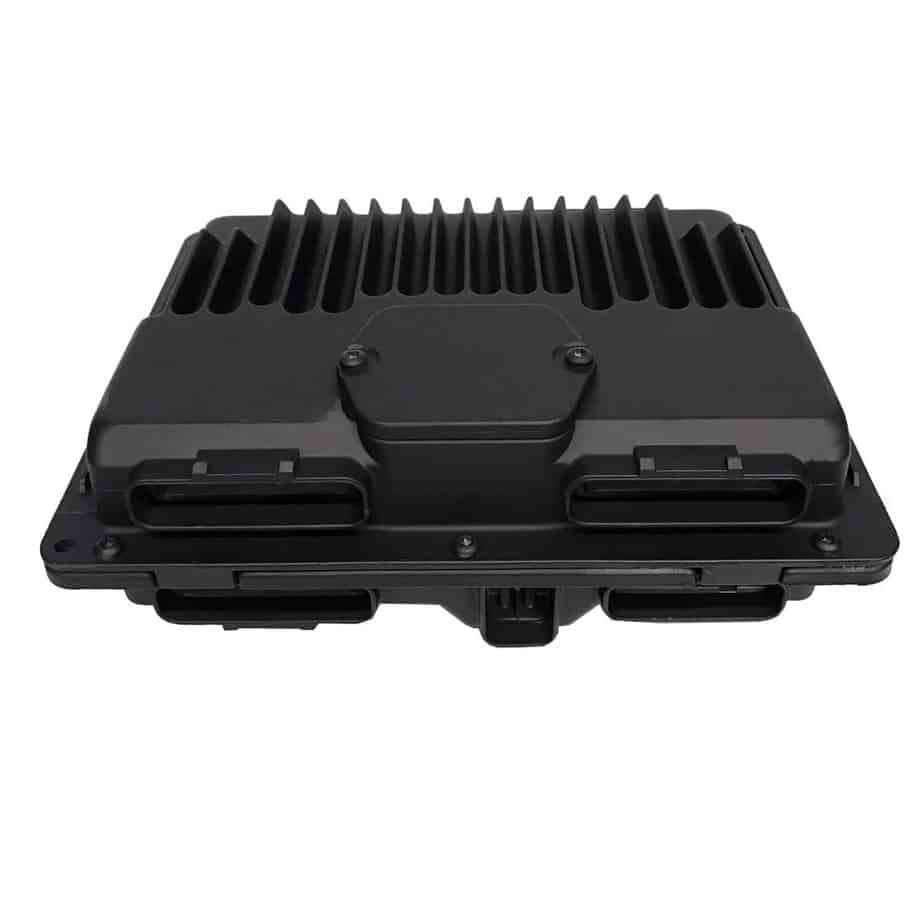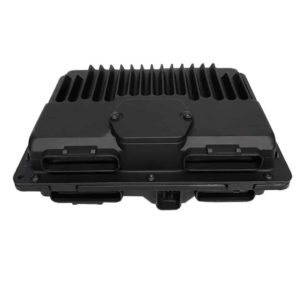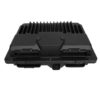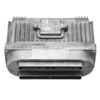Is Your 1997 GM Truck or Van Running Rough?
If you’re dealing with frustrating and unpredictable issues on your trusty 1997 GM vehicle, the root cause is often the one component you can’t easily see: the Powertrain Control Module (PCM). After more than two decades on the road, the original electronics are reaching the end of their service life. As a technician, I’ve seen these exact modules cause headaches for countless owners, turning a reliable workhorse into a source of constant worry.
Common Symptoms of a Failing 1997 GM PCM
A failing PCM doesn’t always result in a simple no-start condition. The symptoms can be intermittent and maddening to diagnose. You might be experiencing:
- ✔ A persistent Check Engine Light with codes pointing to various sensors, even after you’ve replaced them.
- ✔ Intermittent stalling, where the engine cuts out at a stoplight or while driving, only to start up again later.
- ✔ Harsh or erratic automatic transmission shifting.
- ✔ A complete no-start condition, where the engine cranks but never fires up.
- ✔ Poor fuel economy and a noticeable loss of power.
- ✔ The security or anti-theft light staying on, preventing the engine from starting.
From the Shop Floor: A Real-World Diagnostic Story
“A customer’s 1997 Chevy 1500 Pickup came in last week with these exact symptoms. It would stall randomly, and the transmission was shifting hard from first to second. He had already replaced the throttle position sensor and the ignition control module based on some codes he pulled, but the problem persisted. We put it on our diagnostic scanner and saw erratic data from the PCM. After verifying solid power and ground to the module itself, it was clear the internal processors were failing. It’s a classic case I’ve seen hundreds of times on these GMT400 platform vehicles. The original capacitors and board components just can’t stand up to 25+ years of heat and vibration.”
The Guaranteed Solution: A VIN-Programmed PCM
Don’t waste time and money chasing phantom sensor issues or trying a used module from a junkyard that could have the same problems (or worse, the wrong software). This is a professionally prepared Powertrain Control Module, ready for installation in your vehicle. The critical difference is our process: we flash the module with the latest available GM software updates specifically for your truck or van using the VIN you provide. This isn’t a generic, one-size-fits-all part; it’s tailored to your vehicle’s exact configuration.
Why VIN Programming is Essential
For a 1997 model year, GM had numerous variations for engine size, transmission type, emissions equipment, and other options (RPO codes). Using a module without the correct software can lead to drivability problems, incorrect gauge readings, and persistent error codes. Our VIN programming service ensures that the PCM knows exactly what components it’s working with, restoring original performance and reliability.
- ✔ Guaranteed Compatibility: We match the software to your VIN, eliminating guesswork.
- ✔ Latest Software: We load the most recent GM calibrations, which often include fixes for known factory bugs.
- ✔ Plug & Play: Once you receive the module, installation is straightforward. In most cases, you will need to perform a simple security relearn procedure, which can be done without special tools.
- ✔ Direct Replacement: This module is a direct fit for original part numbers 16229684 and 8162296840.
Vehicle Fitment Information
This module is the correct replacement for a wide range of 1997 gasoline-powered GM trucks and vans. Please verify your vehicle is on this list:
- ✔ Astro / Safari (GMC): (LH front by battery)
- ✔ Blazer S10 / Jimmy S15: (4.3L, V6)
- ✔ Bravada: (4.3L, V6)
- ✔ Chevrolet / GMC Pickup (1500, 2500, 3500): (Gasoline, LH front engine compartment)
- ✔ Express / Savana Van (1500, 2500, 3500): (Gasoline)
- ✔ Isuzu Hombre: (4.3L, V6)
- ✔ S10 / S15 / Sonoma: (4.3L, V6)
- ✔ Suburban (1500, 2500): (Gasoline, LH front engine compartment)
- ✔ Tahoe / Yukon: (Gasoline, LH front engine compartment)
After your purchase, simply send us a message with your vehicle’s 17-digit VIN. We’ll handle the programming and ship a module that’s ready to get your vehicle running right again.



